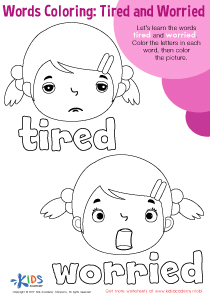Following instructions Color Words Worksheets for Ages 4-5
4 filtered results
-
From - To
Discover engaging "Following Instructions Color Words Worksheets" designed specifically for children ages 4-5. These worksheets promote essential skills in ESL learning, helping young learners follow simple directions while exploring color vocabulary. Each activity encourages creativity and enhances cognitive development through fun exercises that reinforce color recognition. Not only do these worksheets boost comprehension, but they also encourage active participation and help build confidence in understanding instructions. Perfect for both classroom settings and at-home learning, these resources are ideal for early grade teachers and parents seeking to support their child's educational journey. Download today and make learning exciting!
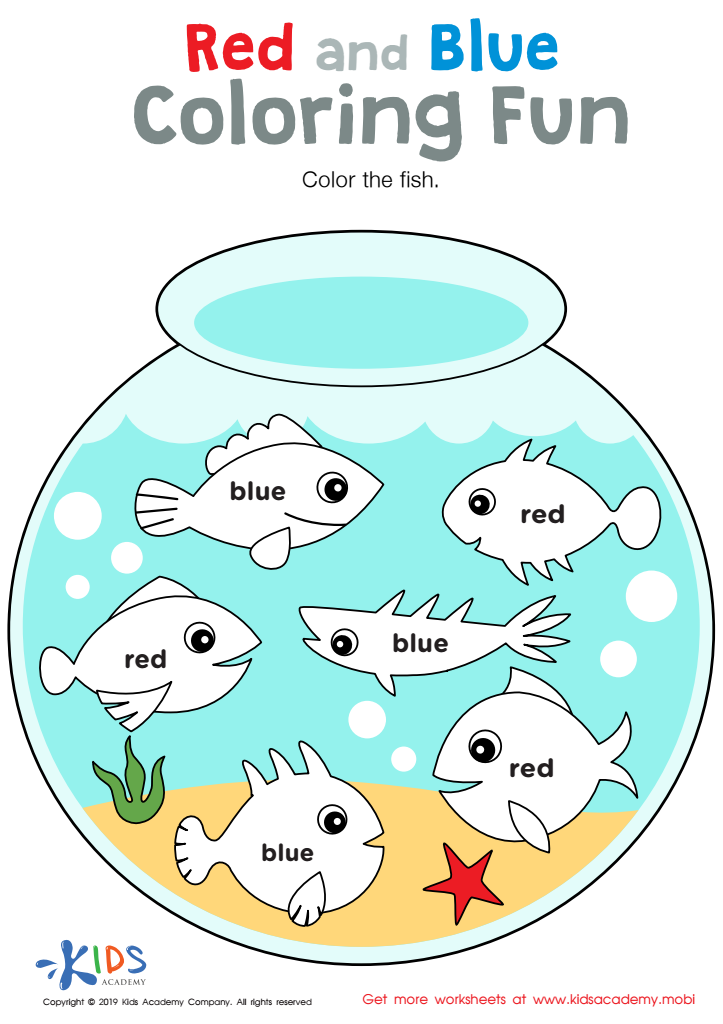

Red and Blue Coloring Fun Worksheet
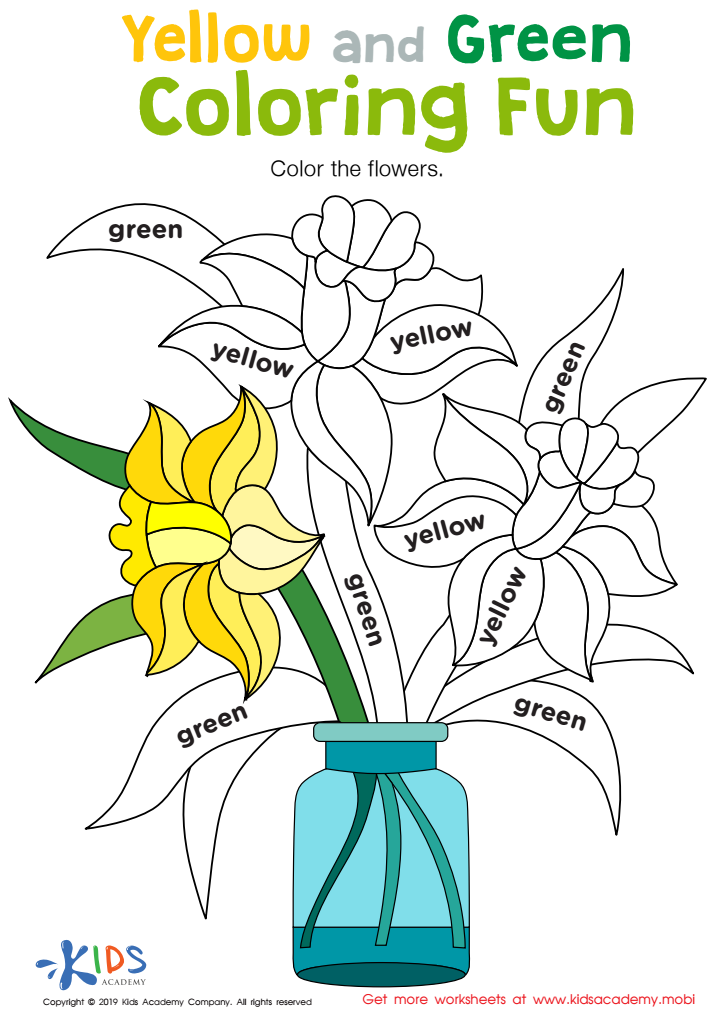

Yellow and Green Coloring Fun Worksheet
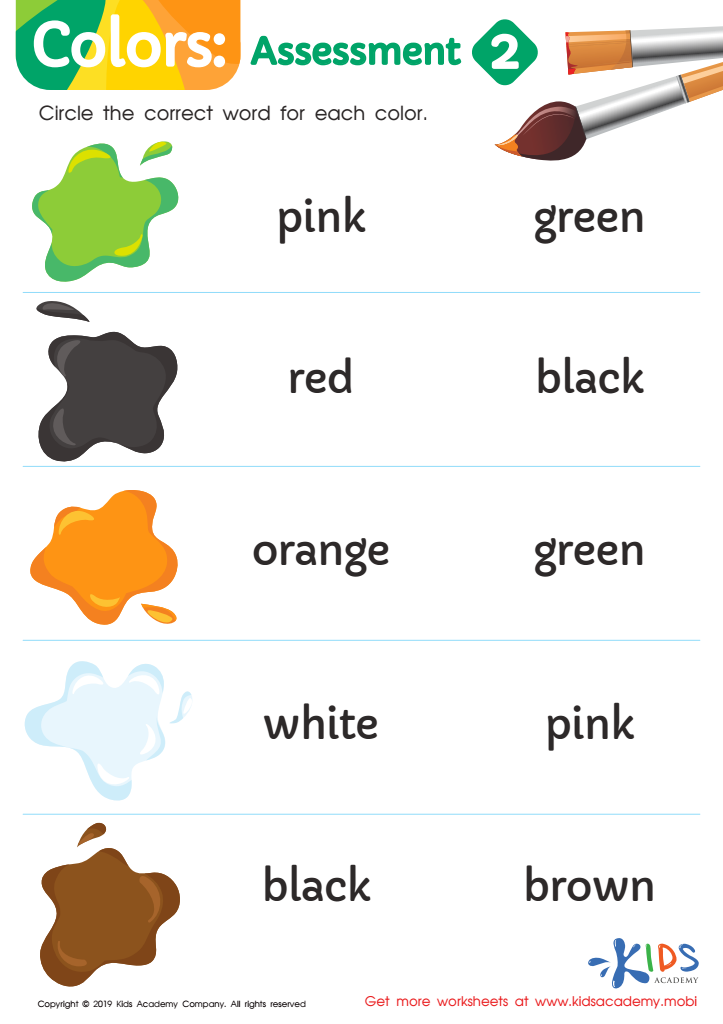

Colors: Assessment 2 Worksheet
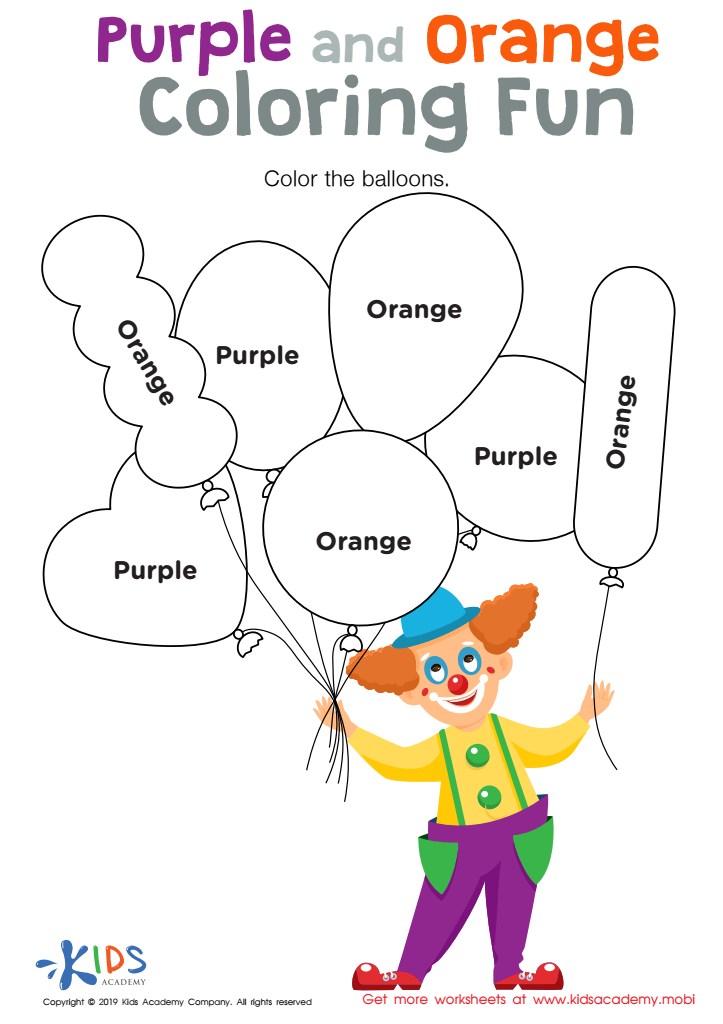

Purple and Orange Coloring Fun Worksheet
Following instructions, particularly through engaging activities like "Color Words" for ages 4-5, is crucial for young children’s development. This age group is at a pivotal stage of cognitive growth, where they start to understand the importance of listening, following multi-step directions, and developing communication skills. Engaging with color word activities helps children enhance their ability to process information, making sense of spoken language and tying it to visual cues.
Moreover, these activities promote critical thinking and problem-solving skills as children learn to sequence steps to achieve a desired outcome, like coloring a specific image according to instructions. Creating a fun, interactive learning environment around basic instructions can also bolster a child's confidence, encourage cooperative learning, and foster a love for learning.
For teachers and parents, utilizing color word activities supports early literacy development, enhancing vocabulary as children encounter new words in context. Ultimately, having children learn to follow instructions sets a solid foundation for successful learning experiences throughout their educational journey, equipping them with skills they will use in school and beyond. By emphasizing the importance of instruction-following through playful learning, educators and caregivers are nurturing well-rounded, capable learners.
 Assign to My Students
Assign to My Students






